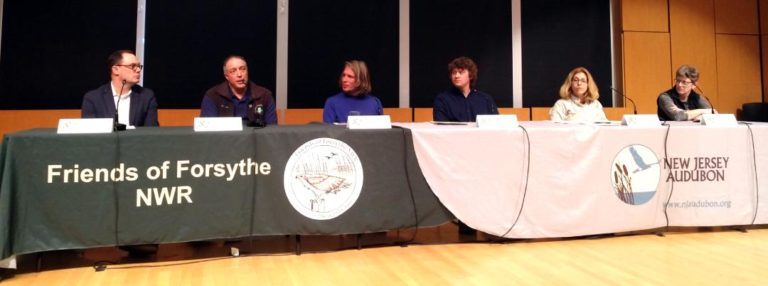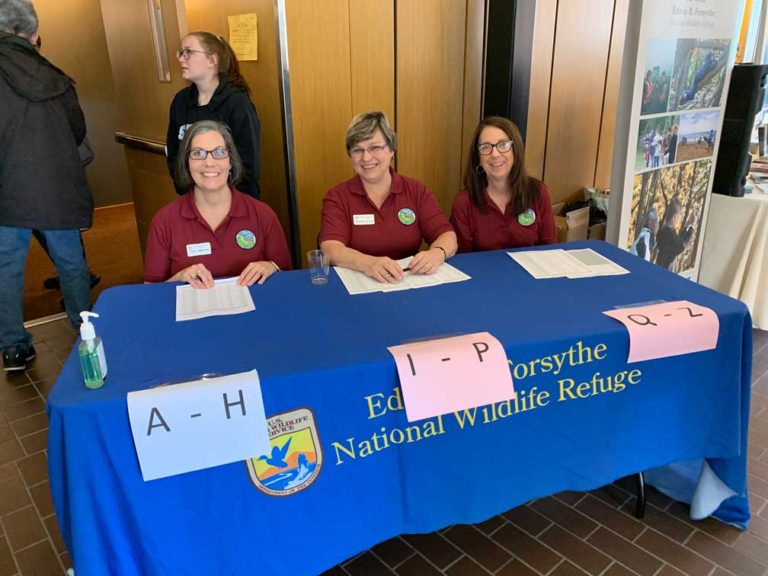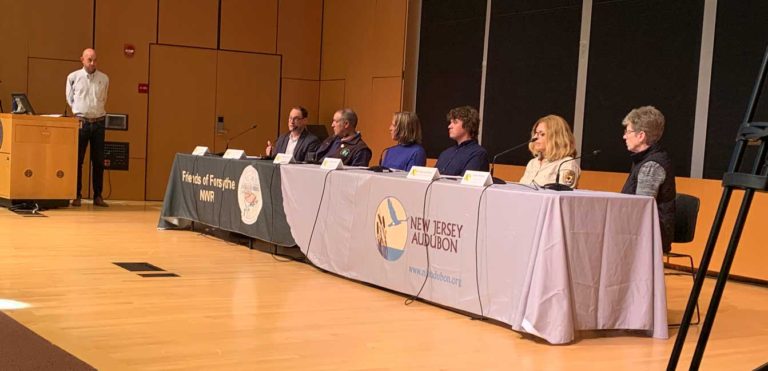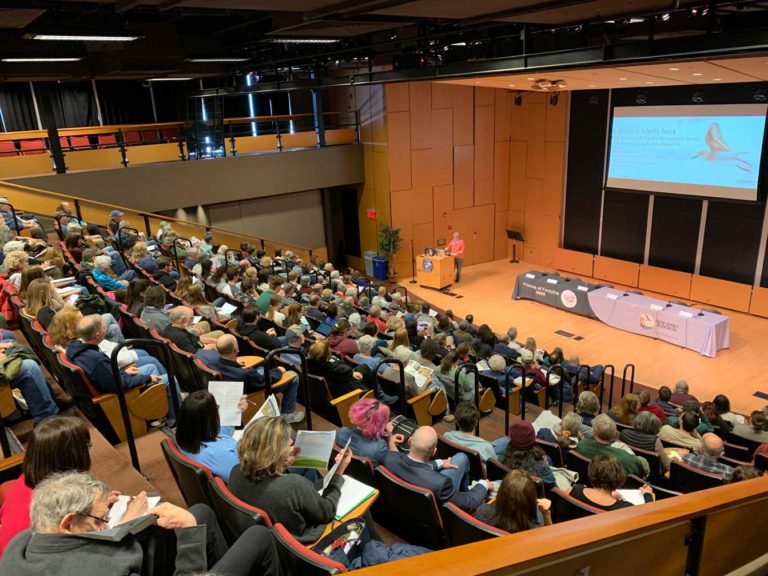According to an analysis by an international team from seven institutions, nearly 30% of all North American birds have disappeared in the last 50 years. This research, which was published in the journal Science in September 2019, shows massive losses among U.S. bird populations—with steep declines in every habitat. For example, grassland bird populations have decreased by 53%, shorebirds have declined by 37%, and boreal forest birds have declined by 39%. The report is sobering and should be seen by everybody.
A panel discussion sponsored by Friends of Forsythe NWR and New Jersey Audubon was held at Stockton University on March 7, 2020, on the dramatic decline in bird populations in North America can be viewed by clicking here.
According to an analysis by an international team from seven institutions, nearly 30% of all North American birds have disappeared in the last 50 years. This research, which was published in the journal Science in September 2019, shows massive losses among U.S. bird populations—with steep declines in every habitat. For example, grassland bird populations have decreased by 53%, shorebirds have declined by 37%, and boreal forest birds have declined by 39%. The report is sobering and should be seen by everybody.
A panel discussion sponsored by Friends of Forsythe NWR and New Jersey Audubon was held at Stockton University on March 7, 2020, on the dramatic decline in bird populations in North America can be viewed by clicking here.
More than 90% of the total loss of birdlife in the U.S. and Canada comes from just 12 avian families, including familiar families such as sparrows, warblers, blackbirds, and finches. Multiple common or familiar species have declined more than 50% within that interval, including Ruddy Turnstone (down 80%), Baltimore Oriole (down 44%), Northern Bobwhite (down 78%), and Eastern Meadowlark (down 80%). Bobolink, Chimney Swift, Black-billed Cuckoo, Cape May Warbler, Long-eared Owl, Eastern Whip-poor-will, and Olive-sided Flycatcher have all suffered strong declines.
To reverse this process, steps have to be taken at governmental levels. But what can we do as individuals to help the recovery? Seven simple steps are suggested on the Cornell web site, including keeping cats indoors, switching to drinking shade-grown coffee, reducing plastic consumption, and promoting native plants. A more detailed description of those seven steps can be found by clicking here.




